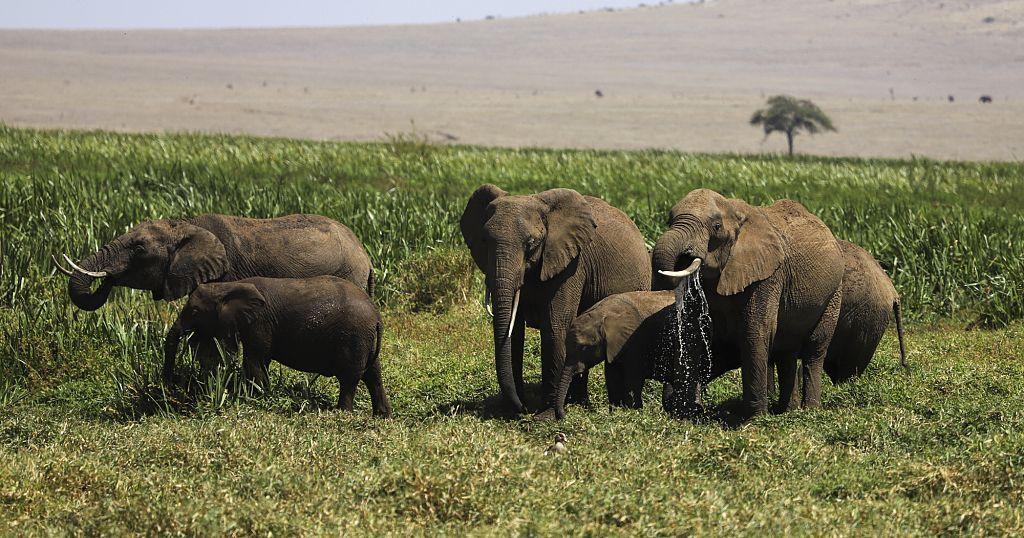Africa-Press – Kenya. As Kenya marks World Wildlife Day, conservationists are warning of shrinking wildlife spaces despite significant recovery efforts for threatened species. Climate change and human expansion are reducing natural habitats, increasing human-wildlife conflicts.
Wildlife corridors, land strips connecting separated habitats, offer a solution. These corridors allow free animal movement, reducing conflicts with farmers and sustaining population growth. Lewa Wildlife Conservancy, located 260 km north of Nairobi, has been expanding to link Mount Kenya’s forest to rangelands in the north.
Lewa’s elephant population rose from 350 in 2014 to over 450 in 2024, while rhino numbers have also grown. However, rising populations strain ecosystems, making habitat expansion crucial. “As conservationists, you have to be looking at these trends, relate them with climate change and human-wildlife conflicts, and think ahead,” said Dominic Maringa, Lewa’s head of conservation. “You think ahead, open new corridors, connect your conservancy with others.”
Kenya Wildlife Service reports similar trends nationwide, with elephant numbers climbing from 16,000 in the 1980s to nearly 37,000 today. But rapid urbanization and population growth, Kenya’s population has doubled since 1989, threaten these gains. Key migration routes like the Tsavo-Amboseli ecosystem and Nairobi’s Kitengela corridor face increasing pressure.
Authorities are urging conservancies and landowners to maintain open corridors, while translocation efforts move animals from crowded areas to less populated ones. Without such measures, experts warn that habitat loss will undermine Kenya’s conservation progress.
For More News And Analysis About Kenya Follow Africa-Press






